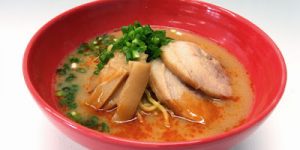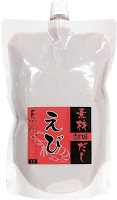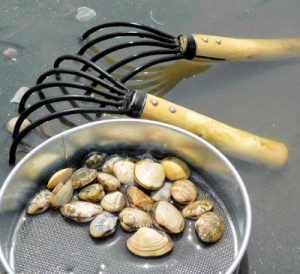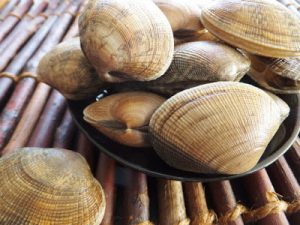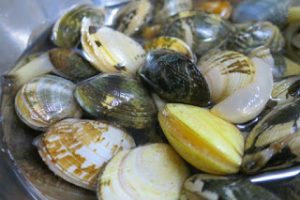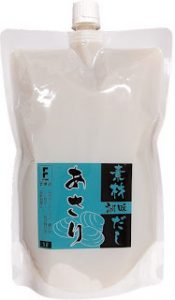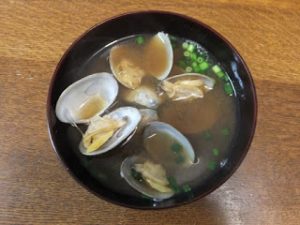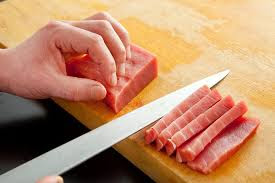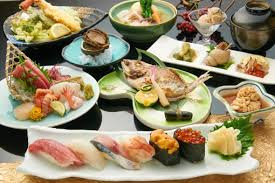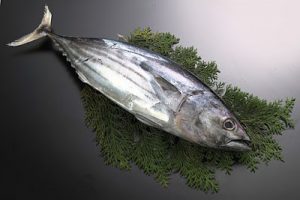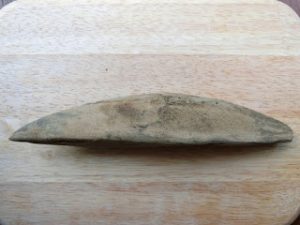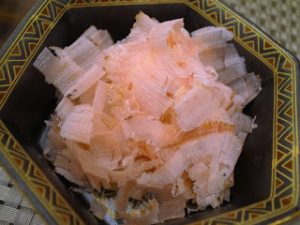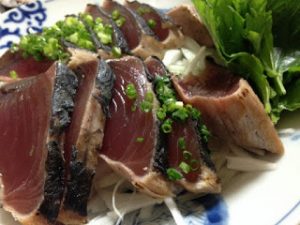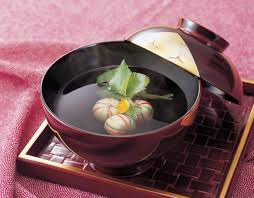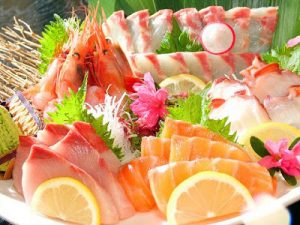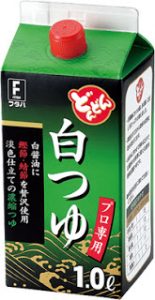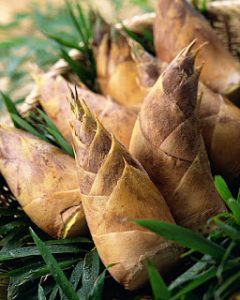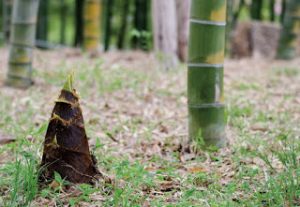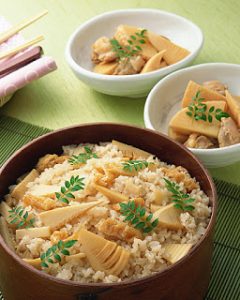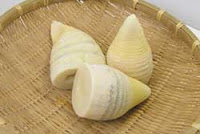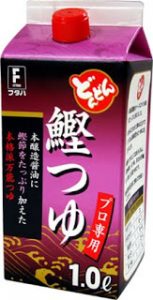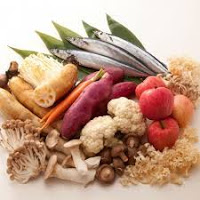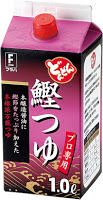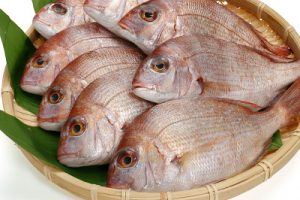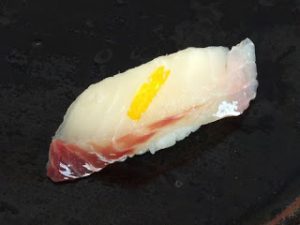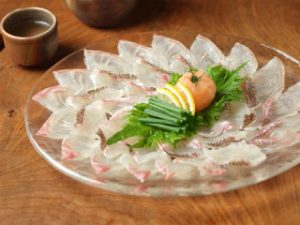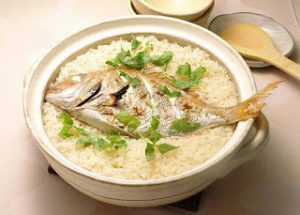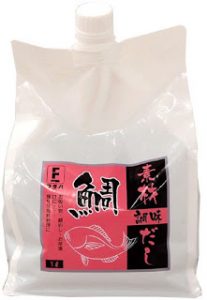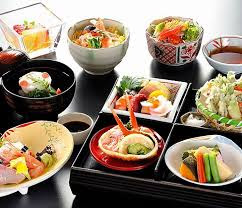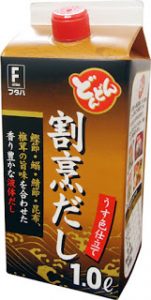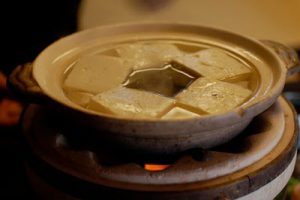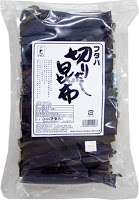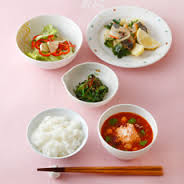With discerning soup!
I always take the soup only in cock Gullahs, I used the wing this time and finished it in thicker soup
In addition, I added cock oil to soup and attained body.
It takes the time, but please try it because I am very delicious.
TAMAGOMEN
~ Egg Noodle ~
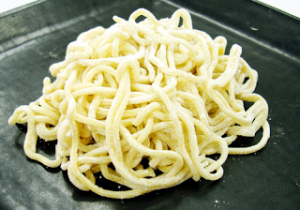
<Ingredient_4servings>
Bread Flour・・・・・400g
Baking Soda・・・・・1 tsp.
Salt・・・・・・・・・5g
DonDon series Shiro Tsuyu・・・50ml
Water・・・・・・・・・・・100ml
Egg・・・・・・・・・・・・・・1

DonDon series Shiro Tsuyu
Click here for details!
https://www.nextytrading.com/
<How to Make>
① Mix bread flour, baking soda, and salt well.
② Mix egg, DonDon series Shiro Tsuyu, water, and make 200ml of mixture.
③ Add ② into ① little by little and knead well by hands.
④ When the dough comes together, make a round shape, wrap with plastic, and chill
in the refrigerator for an hour.
⑤ Make noodles with a pasta machine. Sprinkling flour to avoid the noodles from
sticking together.
⑥ Cook noodles in large pot for 2-3 minutes before serving.
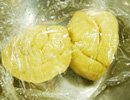
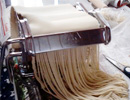
RAMEN SOUP
~ Ramen Soup (Chicken Soup) ~
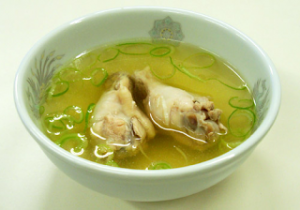
<Ingredients_10servings>
Half Size Hongatsuo・・・・1 pack (25g)
Water・・・・・・・・・・・・3500ml
Chicken Wings・・・・・・・・・・・5
Pork Fat・・・・・・・・・・・・100g
Green Onions・・・・・・・・・・1bunch
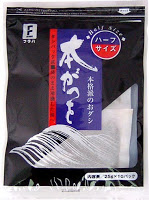
DonDon series Shiro Tsuyu
Click here for details!
https://www.nextytrading.com/
<How to Make>
① Add all ingredients into 3,500ml water in large pot and cook for 25 minutes
★ TIPS ★
Chicken wings can be use for a topping of soup noodle. Cook with 30ml of DonDon series Shiro Tsuyu and 150ml of the Ramen soup over the medium heat for 30 minutes.
SIO RAMEN
~ Chicken Salt Ramen ~
Shio ramen soup is based on chicken broth and flavored with salt. So its flavor is simple but rich.
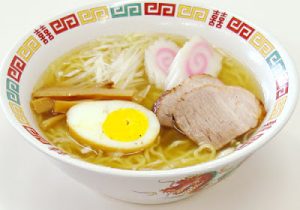
<Ingredients_4 Servings>
Ramen Soup・・・・・・・・・・・・・・1200ml
DonDon series Shiro Tsuyu・・・・・・・・・100ml
Egg Noodle・・・・・・・・・・・・・・4 serving
Chinese Style Stewed Pork ・・・・・・・・8 slice
Boiled Egg・・・・・・・・・・・・・・・・・・2
Naruto Fish Cake・・・・・・・・・・・・・・40g
Sungan・・・・・・・・・・・・・・・・・・50g
Green Onion(one for very thin cut, the other for edge cut)・・・2 bunch

DonDon series Shiro Tsuyu
Click here for details!
https://www.nextytrading.com/
<How to Make>
① Boil the Egg Noodle for 5 minutes. (Thin noodle is for 3 minutes)
② Put edge cut green onion and 25ml DonDon series Shiro Tsuyu in one of the serving bowl, Pour Ramen Soup. Put drained egg noodle,
③ Decollate with sungan, boiled egg, Chinese style stewed pork, sliced naruto fish cake, and thin cut green onion.
④ Same process for the other bowls.
Healthy and tasty!
